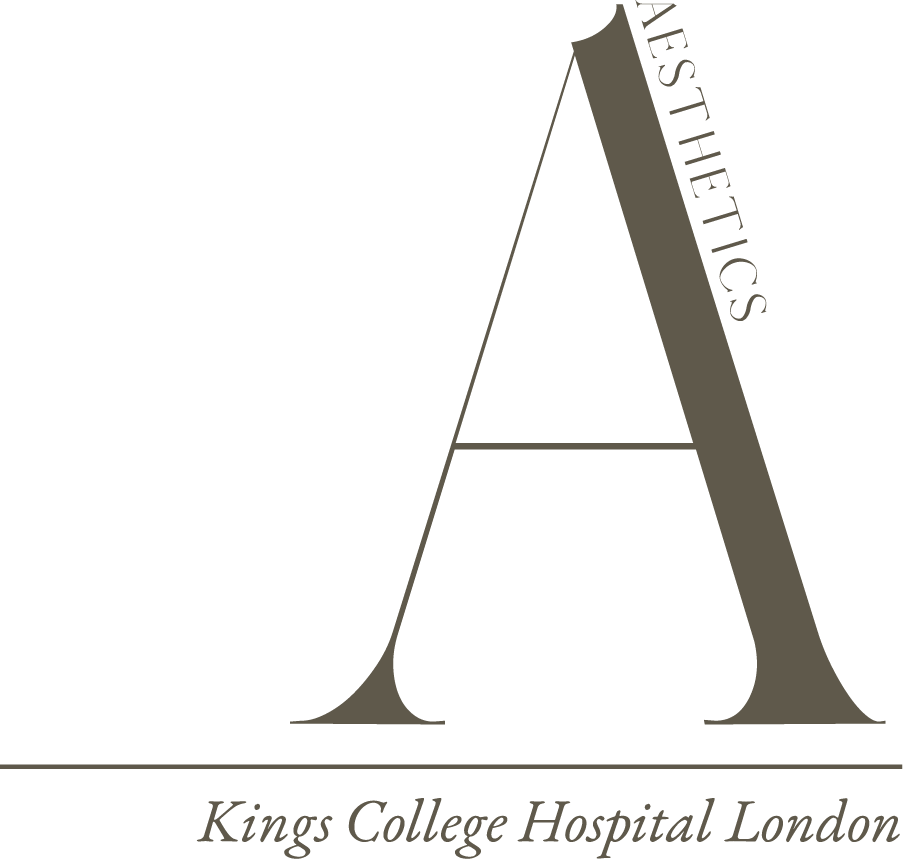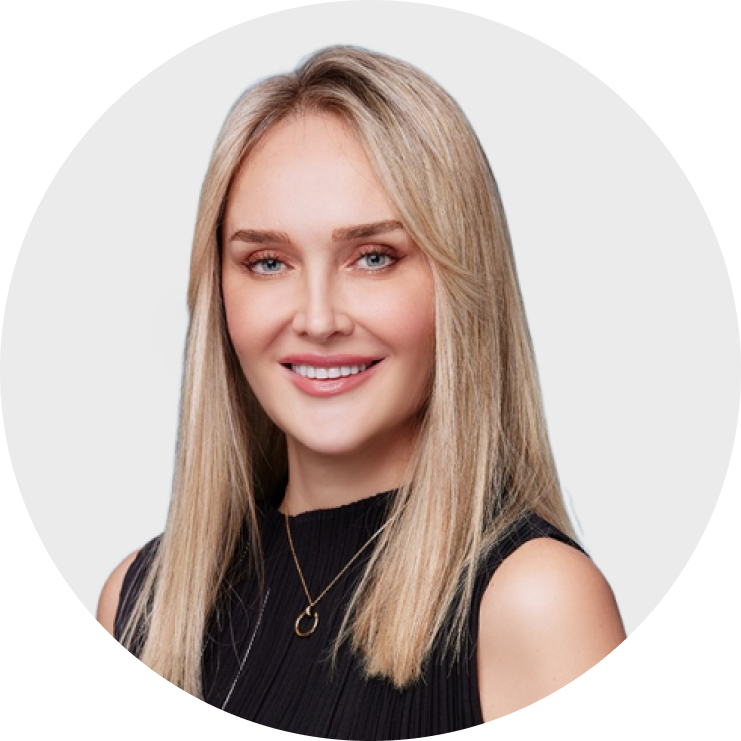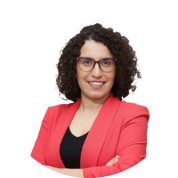Skin Rejuvenation
(Face & Neck)
Skin Rejuvenation in Dubai
Dermapen Microneedling
Nobody has ever complained about having beautiful skin. Beautiful skin looks great on anyone. Your appearance, more so your skin, is one of the most excellent self-esteem boosters, regardless of whether you are a woman or a man, but mostly if you are a woman.
Specific skin concerns, big or small, can put a downer on one’s self-esteem, at least before they’ve discovered skin rejuvenation with Dermapen microneedling. These said skin concerns can include, but are not limited to:
- Large or open pores on your face
- Blackheads
- Acne scars and superficial/small burn scars
- Wrinkles and fine lines
- Uneven skin tone
- Sunspots
- Hair loss due to several reasons
- Scarring
- Acne
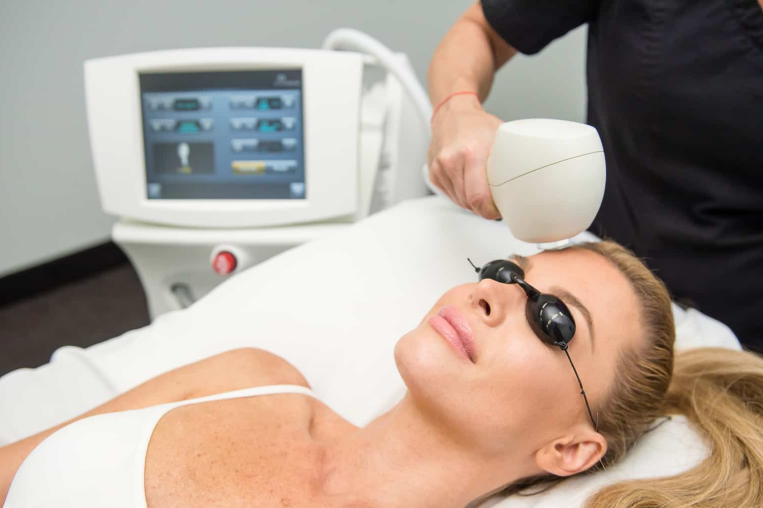
What is Dermapen?
Dermapen is a patented pen-like device that comes outfitted with 12 tiny needles. The device works by puncturing the outer and inner layers of the skin to create micro-injuries, which, when they heal, enhance the regeneration of collagen and elastin (keep reading for more on this).
The name dermapen is derived from two words – dermatology and pen – which is the device’s physical appearance. This dermapen is used to solve skin concerns like the ones mentioned above, achieving brighter, tighter, and more rejuvenated skin.
At Aesthetics by King’s College Hospital, we also offer other skin rejuvenation treatments, including chemical peels, microdermabrasion, dermal fillers, and advanced co2 laser skin resurfacing, all designed to enhance your skin’s health and appearance.
How Does Dermapen
Full Face Rejuvenation Technique Works?
As mentioned, the Dermapen device contains twelve needles that cause micro-injuries to the skin. By gently piercing the epidermis and dermis, this process deceives the skin into believing it has been injured, prompting the creation of fresh collagen and elastin.
The treatment creates small punctures in the epidermis and dermis, causing the skin to react as if injured, thereby triggering the formation of new collagen and elastin.
This technique lightly punctures the top and inner layers of the skin, leading it to think it has been damaged, which encourages the production of new collagen and elastin.
It gently penetrates the epidermis and dermis, fooling the skin into thinking it has suffered damage, which in turn promotes the synthesis of fresh collagen and elastin. These collagen and elastin encourage the body to heal naturally and result in smooth, plump, firm, and rejuvenated skin.
Pre-procedure Guidelines for Dermapen
Dermapen treatment should be performed by a registered and well-trained doctor, plastic surgeon, or dermatologist to ensure safety and excellence in the procedure. The doctor will consult with you, assess your skin condition, and advise on how many sessions are required to achieve a positive and visible outcome.
A skincare treatment designed to clear dead skin cells and debris from the skin’s surface is recommended for the best results. This can be done on the same day of the procedure at the clinic.
The Procedure – Dermapen Skin rejuvenation Dubai
Before the Dermapen procedure begins, the skin is cleansed in detail, and topical anaesthesia is dispensed 30 minutes before. To reduce friction, a layer of hyaluronic acid gel is applied to the skin.
The pen is held vertically in its proper position, and a small motor is switched on inside it. This will cause the needles to prick the skin rapidly as they rotate and open the pores, puncturing the outermost layer to generate collagen tissues and elastin, which enhance the growth of new skin cells.
How Long is a Dermapen Procedure?
The Dermapen procedure, which is non-surgical, takes an average of 20 minutes, with an additional 30 minutes waiting for the numbing cream to take effect.
After the procedure, you can resume work immediately, as there is no downtime or recovery time. The mild swelling and redness will go down within 24 hours. The recommended number of treatment sessions to see optimal results is three to six sessions.
Benefits of Dermapen Treatment
- Reduces scarring stretch marks and minimises wrinkles and fine lines.
- By puncturing the dermis and epidermis, it results in skin renewal, replacing old skin cells with new ones.
- The skin is tightened
- This skin rejuvenation technique has no downtime, as the patient can get back to their routine immediately after the treatment.
What are the side effects of Dermapen?
The side effects are minimal and bearable, lasting no more than 2 days. The skin tends to turn red as the pricks are made by the derma pen tool. There is a slight discomfort, and the skin becomes warm and prickly. The skin then feels dry and tight after the procedure.
Post-Procedure Guidelines After
Dermapen Treatment
- Do not wash the face or apply any products, as the skin should remain dry for 6 hours after the treatment.
- Avoid stimulating medications such as glycolic acid or vitamin A for up to 7 days.
- A hyaluronic serum is recommended after 6 hours of treatment to hydrate the skin.
- 48 hours after the treatment, you are recommended to apply another copper peptide serum to reduce inflammation and enhance the healing process.
It’s important to avoid direct sunlight for about a week after the treatment, and you may apply sunscreen if you need to go outside.
Who is the Ideal Candidate,
Dermapen?
What is the Cost for Dermapen?
The cost of a Dermapen procedure varies with the size of the area being treated, the number of issues to be solved, the number of recommended treatment sessions, the doctor’s qualifications, and their experience.
Get in Touch
At Aesthetics by Kings College Hospital Dubai, we have the region’s leading plastic surgeons and dermatologists who are German, UK, and European-trained and board-certified.
Our priority is the safety and well-being of each patient, providing compassionate care in a facility equipped with the latest technology.a
Book an appointment with King’s College Hospital to experience the best skin resurfacing treatments available in Dubai, tailored to rejuvenate and revitalize your skin.
For booking a consultation, simply contact us using the provided details, and our patient-care staff will arrange an appointment for you.
Meet Our Expert
Dr Lama Jalouk
Dermatologist, Cosmetics and Laser MD
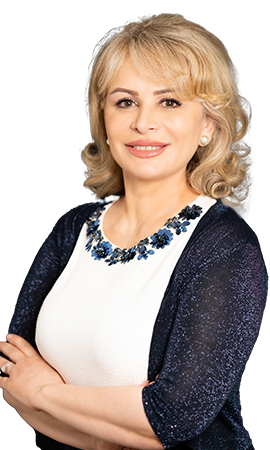
FAQs
The eyelid surgery cost in Dubai varies based on factors like the surgeon’s expertise, the type of procedure, and facility charges. For specialized procedures, like double fold eyelid surgery, almond eye lift or Asian upper eyelid surgery, prices may also differ. It’s essential to consult with a qualified eyelid surgeon to get an accurate estimate.
Droopy eyelid surgery, or upper lid surgery, is designed to lift and remove excess skin and fat that cause sagging eyelids. This surgery is ideal for individuals whose droopy eyelids obstruct their vision or give them a perpetually tired appearance.
With eyelid surgery, before and after photos show a noticeable difference in facial appearance, as drooping skin is lifted and under-eye bags are minimized. These transformations can restore a youthful look and boost self-esteem.
Baggy eyelid surgery addresses excess skin, fat, and muscle that create a puffy, baggy look around the eyes. By removing or repositioning these tissues, this surgery smooths and tightens the area, resulting in a refreshed, youthful appearance.
Recovery from upper eyelid surgery varies by individual, but typically, patients experience mild swelling, bruising, and discomfort for the first week or two. Most can resume normal activities within 10–14 days, and full recovery, including fading of scars, generally takes several weeks.
Yes, eyelid surgery is commonly referred to as blepharoplasty. This includes both upper and lower eyelid procedures to remove excess skin, fat, or muscle to rejuvenate and improve the eye area’s function.
Lower eyelid blepharoplasty surgery targets issues such as puffiness, bags, and wrinkles beneath the eyes. Good candidates are individuals with noticeable under-eye bags, excess skin, or drooping lower eyelids seeking a refreshed appearance.
Candidates for eyelid surgery are typically in good health, non-smokers, and have realistic expectations for the results. Common qualifications include droopy upper eyelids, excess skin, or eye bags that affect appearance or vision. A consultation with a certified eyelid surgeon will help determine if you’re a good fit.
